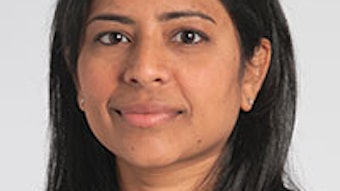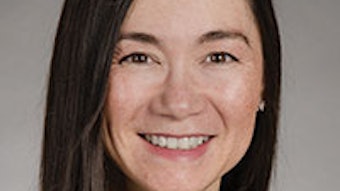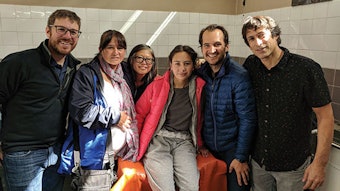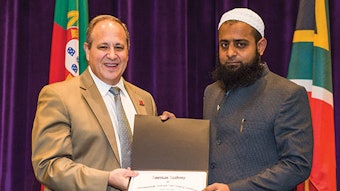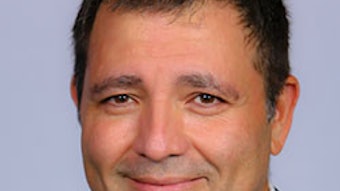The hearing disability status in Peru
As President of the AAO-HNS/F, it is my great honor to welcome the delegation from the Peruvian Society of Otolaryngology and Facial Surgery to our Annual Meeting in New Orleans. We look forward to our societies working together for the care of patients worldwide through collaboration and friendship now in New Orleans and into the future.
INTERNATIONAL GUEST OF HONOR 2019: PERU
As President of the AAO-HNS/F, it is my great honor to welcome the delegation from the Peruvian Society of Otolaryngology and Facial Surgery to our Annual Meeting in New Orleans. We look forward to our societies working together for the care of patients worldwide through collaboration and friendship now in New Orleans and into the future.
— Albert L. Merati, MD
President, AAO-HNS/F
Manuel A. Gallardo-Flores, MD, President, Peruvian Society of Otolaryngology and Facial Surgery
Hearing impairment is the alteration in the quality and living conditions of a person by a hearing loss greater than 40 decibels (dB) in the best ear. It is estimated that more than five percent of the world’s population has disabling hearing loss.
In Peru, the first specialized survey on disability was held in the year 2012. It showed that 1.8 percent of the population (532,209 people) had permanent hearing limitation. The survey also estimated that in 2015 there would be 560,730 people with hearing loss.
The National Council for the Integration of the Disabled Person (CONADIs) is an institution that aims to guarantee the recognition and protection of the rights of people with disabilities in Peru.
There are 22,674 persons registered in the National Registry of the Person with Disabilities, 14.4 percent of whom have hearing loss. Of these, 43 percent are women and 57 percent men. Children and adolescents comprise 21.7 percent, with young people 18-29 years making up 22.3 percent, 30-44 years making up 19.3 percent, and older adults making up 20.9 percent.
Among the causes of hearing loss are advanced age (60.8 percent), genetic/congenital conditions (11.1 percent), and chronic disease (6.2 percent).
In a survey conducted by the National Institute of Statistics and Informatics (INEI), 49.6 percent had mild hearing loss, 26.2 percent moderate, 17.7 percent severe, and 4.4 percent deep.
In terms of education access, 6,534 students with deep hearing loss are treated in the education system. There were 2,203 students from the first grades of education who attend inclusive schools. In the university, there were 1,218 students with hearing loss.
The estimated population for Peru in the year 2025 is 34.4 million, with a life expectancy of 76 years. The population in the main cities is distributed mostly on the coast at 51.9 percent, with the Sierra at 26.6 percent and the jungle at 21.5 percent. Peru is a multicultural country with large geographical, linguistic, and cultural barriers. The highest percentages of hearing loss is in the south of the country (2.2-2.7 percent), in the country’s capital, Lima, with 2 percent, and on the coast and in the jungle with 0.6-1.4 percent.
In December 2013, a law of national interest delared the creation of the Universal Neonatal Screening Programme (Supreme Decree No. 014-2013-SA), which was adopted with the aim of providing timely treatment and promoting comprehensive healthcare from the neonatal stage in order to reduce morbidity, disability, and infant mortality. This law is not properly regulated.
In 2018, there were 654 otolaryngologists, with 49.4 percent of those located in Lima and Callao. This generates an unequal distribution of specialists in the country, even more so considering that the highest percentages of hearing loss is found in provinces, especially in the south. To this we must add that the national hospitals are poorly implemented and have scarce resources, especially in the interior of Peru. Auditory screening is performed in national health institutions, social security and military hospitals, and private clinics. Not all of them have the necessary equipment for this procedure.
Efforts are made, especially in social security hospitals, to place cochlear implants and deliver hearing aids, but there are still many patients who need them. We are on our way to attending to most of the patients with hearing loss, but first we must know the real impact of this problem.
Bibliography
1. INEI. First Specialized National Survey on Disability 2012. File 2014.
2. CONADIS. International Week of the Hearing imPaired Person. National Observatory on Disability. Lima September 2016.



